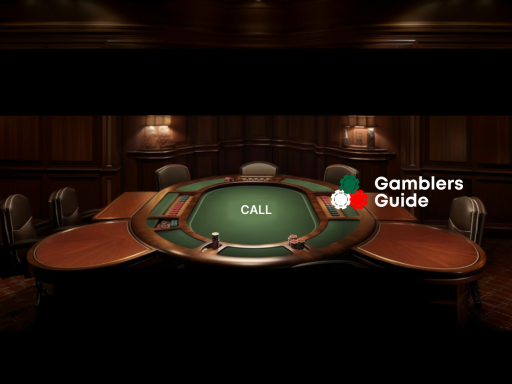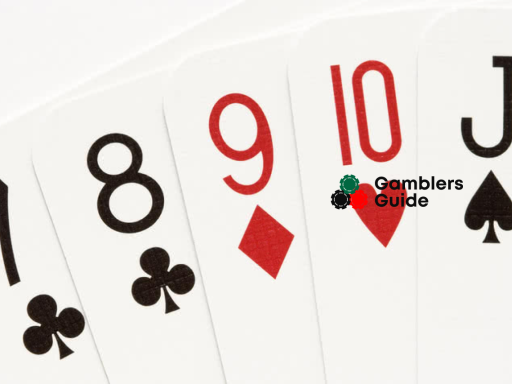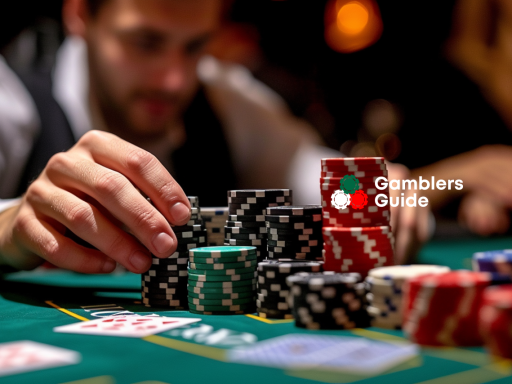Delving into the poker world can seem daunting at the very beginning of your gaming career. A lot of terms and principles await players, making a fuss and confusing novices. However, sorting everything through is quite possible if you pick a suitable approach.
You can start your acquaintance with the game by memorizing basic terminology. To understand the fundamental principles of the breathtaking table game, pick studying poker combinations as your jumping-off point. In this article, we discuss the peculiarities of a full house, the hand that is at the hearing even of people not engaged in the gambling sphere.
1. Start with the Theory: What is a Full House in Poker?
A full house is considered one of the most profitable poker hands. It comprises three of a kind (or a triplet, meaning three matched cards) and a separate pair of cards of identical value. The described set is implemented in any poker variation, from Stud to Draw.
This combination is inferior only to the following ones:
- Straight Flush
- Four of a Kind
- Royal Flush
To make things clear, let’s review several examples of a full house:
- Eight of diamonds + Eight of hearts + Eight of clubs (a triplet) combined with the Queen of clubs + Queen of spades (a pair);
- Three of diamonds + Three of spades + Three of clubs (three matched cards) accompanied by Jack of hearts and Jack of spades.
Definitely, these combinations have different values. If several participants have reached full houses, only one with higher hand rankings will win. How will the winner be determined? When comparing 2+ full hands, triplets are assessed first. In the above cases, the first result with three eights is better and eligible to win.
But what about situations when two gamers have collected full-house hands with equal triplets? Then, pairs of two cards of the same rank are estimated. Rarely, two poker enthusiasts can gather completely the same full house combos. The hand is tied on this occasion, and both opponents get part of the prize pool.
Among pro gamblers, the stronger combination is called over full-house, and the lower full house is known as under full-house.
What is the most beneficial variant of a full house? It’s when you collect a triplet of aces and a pair of kings.
2. Consider the Odds of Getting a Full House
To understand poker principles better, it’s vital to get an idea about the probabilities of reaching one or another hand. The chances of collecting a full house depend on both game type and a particular stage:
- For Texas Hold’em. The probability of making a full hand on the Pre-Flop stage reaches 0.14%, on the Flop — 0.09%, on the Turn — 12.77%, and on the River — 19.57%.
- For Omaha. The chances of getting a full house are the following: 0.14% (Pre-Flop), 0.65% (Flop), 13.33% (Turn), and 20.45% (River).
As you can see, getting a full hand is more likely in the last game stages. Experienced players usually recommend wagering minimum amounts (or limping on professional slang) to see the Turn and River for lower value. Then, as you move towards the River and you have got your desired full house, you can switch to a more aggressive game style.
3. Learn How to Reach the Full House on the Example
Like other games of chance, poker is unpredictable, and no strategies can assure you’ll definitely collect a full hand. Despite this fact, you can analyze the basic principle of getting such a combination. Here is what the process looks like through the eyes of experienced players:
- A player starts the round with a pair of cards of equal value. This situation is considered one of the most favorable, so it’s time to enable strategic thinking.
- On the flop phase, a gambler sees that two of the dealt face-up cards are the same value as those in their hand, for instance, two jacks or tens. It’s a real deal to start collecting the desired combination.
- A decisive moment is waiting for a player on the Turn and River stages, allowing them to improve their set significantly. If one of the dealt cards has the same value as the pair in their hand, a gamer can earn a full house.
Of course, you should not be tied to only one poker combination. From the beginning of the round, fortune doesn’t always smile on participants, so sometimes, it makes sense to be content with less profitable hands. For instance, you can collect two pairs (two cards of one rank + two cards of another value + one random card) or get the most out of one pair.
4. Put Pro Tips into Practice
We could talk about poker recommendations for a long time, but a brief squeeze produced from the real poker experience can be more worthwhile and easy to understand for beginners. Focus on the following tips and build your well-thought-out strategy today:
- First, take the time to study theory. Gain insight into poker hand rankings and memorize the most widespread poker combinations.
- Realize what poker combinations are more accessible to achieve. For this purpose, learn how to calculate potential probabilities of reaching a full house and any other hand.
- Don’t chase a full house only. The circumstances don’t always contribute to the particular hand’s getting. Stay flexible and think logically.
- Prioritize practicing over focusing on dry facts and exploring tutorials. If you don’t want to take risks, play RNG-based poker games in a demo mode. The system will sequentially prompt you about what actions you have to take next.
To summarize, take into account one more crucial aspect. Despite being one of the strongest hands, a full house can still be beaten by three other, more powerful combinations. The will of chance in poker has paramount importance.
Do your best to achieve the hardest rankings in poker but always perceive this table entertainment as a pleasant pastime, not the primary source of income. Stick to responsible gambling principles, and don’t chase losses. If you prefer playing at online casinos, you can utilize such valuable tools as deposit and stake limits or restrictions for the length of gaming sessions.






